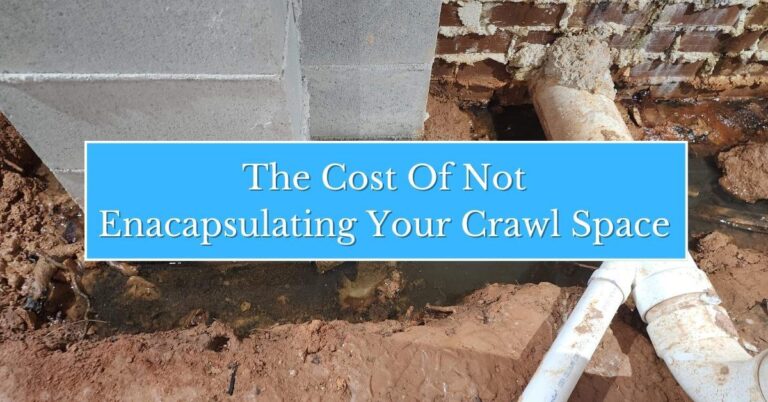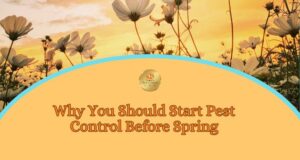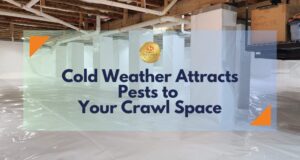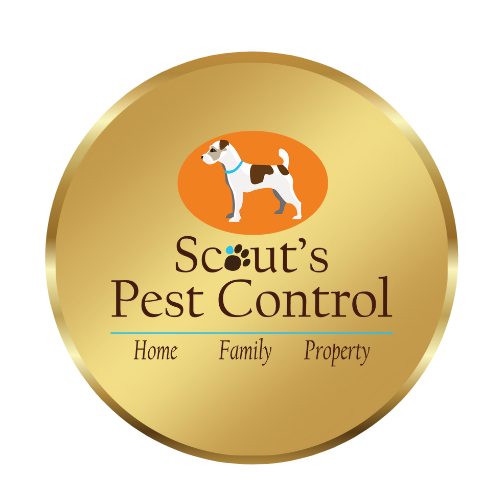Most homeowners try to hide the existence of their crawl space because it is frequently a dank, dark, and dirty area of the home that is simpler to ignore.
A crawl space is an underground space under your home that resembles a basement. In contrast, the crawl space has ventilation from the outside. When building a home, crawl spaces are practical and affordable; however, it is far too small to be used as extra living space. The disadvantage of a crawl space is that moisture and pests can enter your home through open vents. Whilst there are many organizations proffering the benefits of crawl space encapsulation, let’s look at the potential cost of not encapsulating your crawl space in terms of your environment and health.
In that case, encapsulating the crawl space is the answer.
WHAT IS ENCAPSULATION?
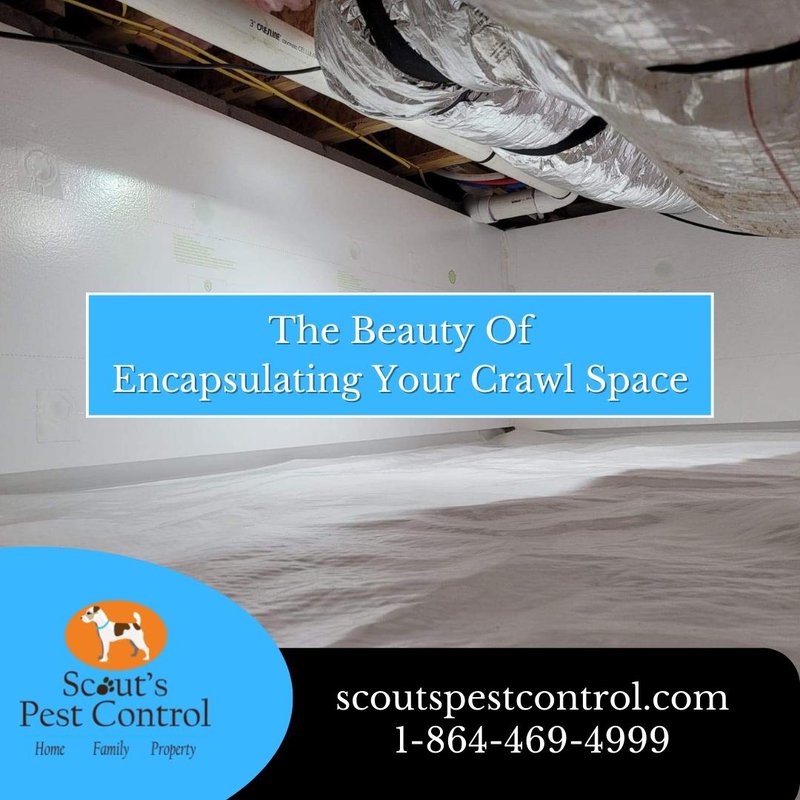
Crawl space encapsulation entails covering the crawl space's floors and foundation walls with a thick barrier. The barrier works best when it completely encloses your home's crawl space. After the installation, seal the space with caulk and use a dehumidifier to control moisture levels. This is the ideal type of crawl space.
Encapsulation also helps stop mold growth and does not offer the requisite environment that invites pests and termites into your crawl space. In other words, this type of encapsulation can prevent moisture from entering your building through the floor or wall cracks and stops a myriad of problems from arising.
You need to be aware of the potential consequences of continuing to ignore and not encapsulate your crawl space. Damage to your crawl space should not be disregarded because it will eventually spread to other parts of your home. So, here is the cost of not encapsulating your crawl space, and what you might expect.
MOISTURE ISSUES
Your crawl space will have a hard time during the hot, humid summer months because evaporation will be at its highest. The hot, humid air that the wind will blow into this area will condense when it comes into contact with the cold air inside.
The fact that moisture can linger in the air unnoticed for several weeks or months is even more alarming. And for a while, everything might appear to be fine. As time passes, moisture accumulation will result in secondary damage.
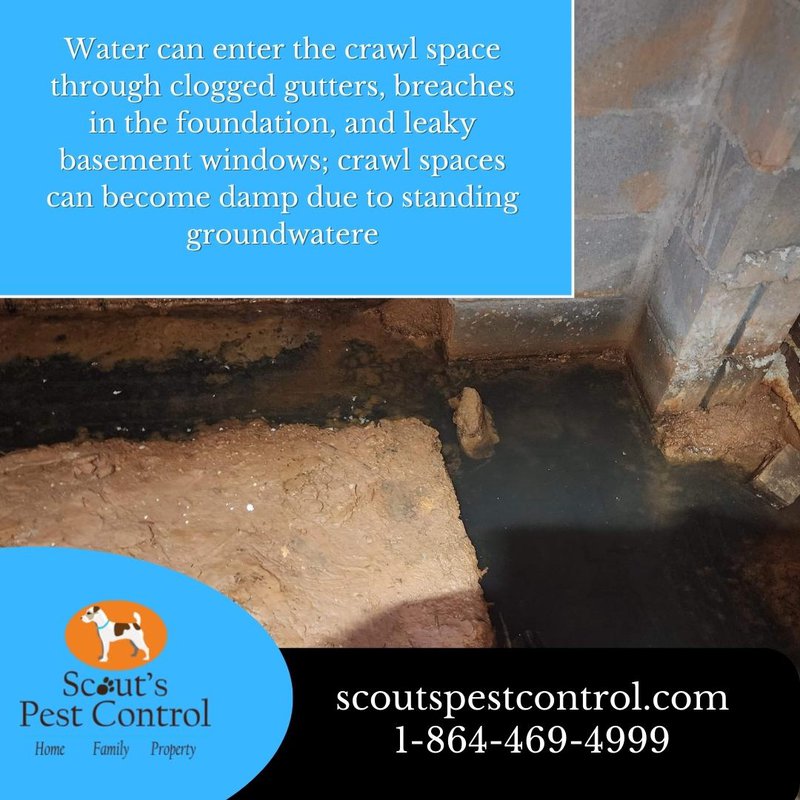
Water can enter the crawl space through clogged gutters, breaches in the foundation, and leaky basement windows; crawl spaces can become damp due to standing groundwater; and following prolonged periods of heavy rain, the soil becomes saturated with water, which seeps into the crawl spaces through porous walls. Burst pipes and plumbing leaks both contribute to dampness.
There are three main sources of moisture that can develop wood rot due to prolonged exposure to it:
- Moisture from the soggy ground.
- Groundwater moisture and flooding.
- External Moisture from the outside humidity.
Consequently, moisture frequently creates ideal issues, such as the development of mold, musty odors, pests, water damage, and structural damage. These are all serious problems that could end up being extremely expensive to fix.
WOOD ROT
Numerous problems under houses have been linked to crawl space moisture. The structural integrity of significant portions of your home may be compromised by wood rot, one of the worst problems associated with crawl space moisture that can result in high (and avoidable) repair costs.
Without moisture, the crawl space wood would never rot in your house. And, each manifestation of wood rot has a unique set of destructive enzymes and attacks differently; they are not all the same. Based on the various fungi types that cause the rotting, it can be divided into brown, soft, and white rot.
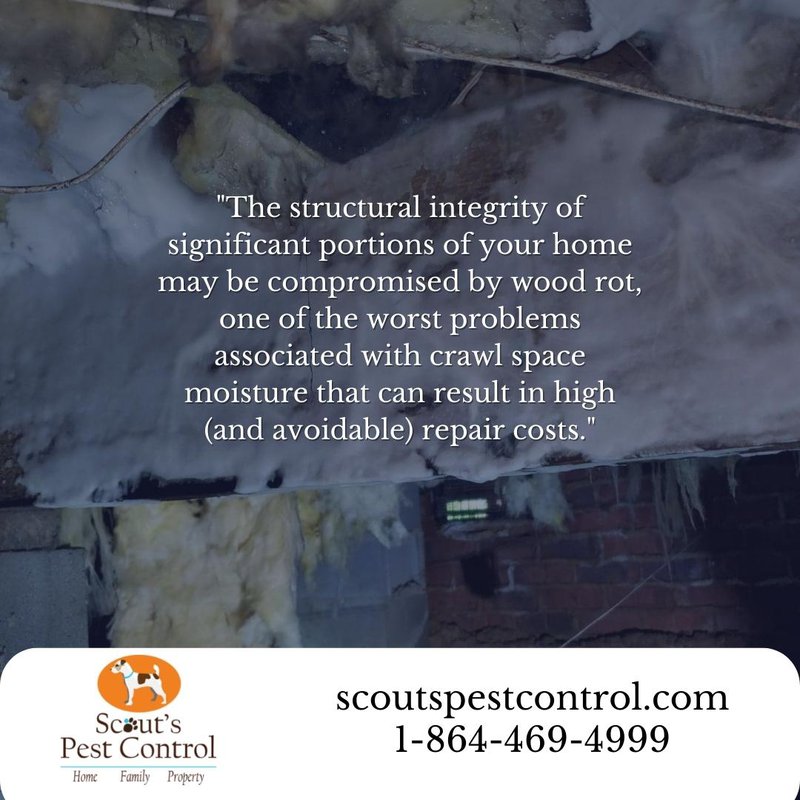
Brown Rot makes the wood crack over time and eventually splits; Soft Rot typically develops in environments that are too hot, too cold, or too moist for brown or white rot; and White rot is the most aggressive of the three types of rot, and once the wood is affected, decay progresses rapidly.
Other than wood rot, mold is also a cause of moisture
MOLD
You should be aware of the mold issue if you have a crawl space. Every home has some mold types, so it's important to know about them. Also, mold will quickly grow and spread in your crawl space if you don't encapsulate it.
Two of the most typical places for mold to grow in a house are the basement and the crawl space. Many households rarely, if ever, go into their basements or look into their crawlspaces.
Crawl spaces often have higher levels of humidity and moisture, so molds can easily grow there. Because they are so close to the ground, crawl spaces are a constant source of moisture just waiting to seep inside and form mold.
Three different types of mold, each with a different level of risk, are likely to be attracted to your crawl space. Sometimes it appears dark gray or somewhat green. It may also be fluffy or powdery.
White mold is just as dangerous as black mold and can produce toxins; however, it is less invasive, and allergies could still result from it; Black Mold is the most toxic type and comes in two varieties, both of which produce mycotoxins, which can cause allergies or aggravate existing respiratory problems like asthma; and Yellow Mold feeds on organic materials such as wood, causing them to decay and weaken over time.
PESTS
Now this one is a big one. For potential pests, the crawl space in your home is an attractive area. In addition to being the first place where pests like spiders, moles, and mice can enter your home, it is also typically where water first enters. The only issue with having a crawl space is that if you do not encapsulate your crawl space, it is susceptible to all of these pests. But perhaps the worst pests that can invade your crawl space are the termites, who then ferociously eat your home from the ground up.
Any creature or insect looking for shelter at this time of year might end up in your crawl space. Termites, cockroaches, spiders, silverfish, rats, and mice are a few of the most frequent crawl space invaders. Less frequently, homeowners discover larger pests in their crawl spaces, such as raccoons and possums.
Each of these pests carries a unique set of dangers. Termites can cause serious damage and compromise the integrity of the home. Cockroaches produce unpleasant odors and transmit disease. Mice could contaminate surfaces with their waste as they destroy your insulation to build nests. Possums can bring ticks or fleas into your home, and raccoons can spread the rabies virus.
TERMITES
Now, this humble wonder of nature is continuously hungry, and your crawl space could offer the right environment. If left unchecked, a termite infestation in your home could become a serious issue. Crawl spaces are the ideal location for termites to establish a base, with foundations serving as their entrance into your home. Termites require food, moisture, and insulation to thrive and proliferate.
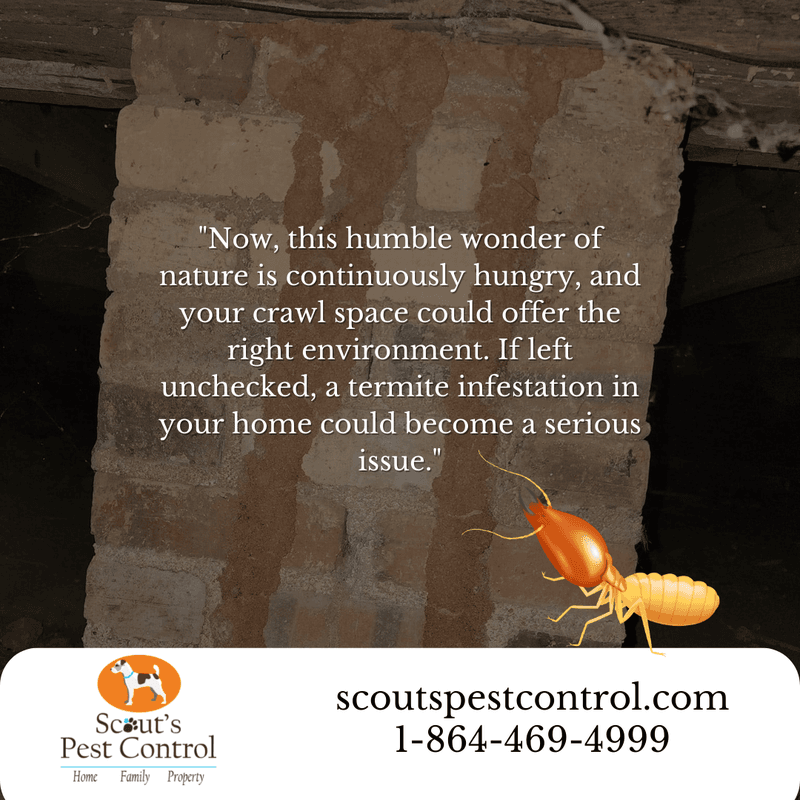
Wood bees, termites, ants, beetles, and other pests are attracted to damp, rotting wood where they can nest and feed, seriously damaging the integrity and structure of your home.
These pests eat through the wood, creating tunnels through which moisture, humidity, and mold spores can penetrate deep inside. It accelerates the decay and rotting of beams, posts, sills, and floor joists. Furthermore, the wood structure of your home can also be severely damaged.
Your Healthy Environment
All the problems caused by not encapsulating your crawl space are dangerous to your health. Here are the health issues that can be brought about by these problems:
HEALTH ISSUES
The cost of not encapsulating your crawl space has a detrimental effect on your health. The structural integrity of your home and the quality of the air you and your family breathe are both put at risk by crawl space fungus, mold, and mildew.
BREATHING DIFFICULTIES
Molds are fungi that thrive and spread in damp places with inadequate ventilation. They produce spores to reproduce. The ability of these spores to spread through the air is a problem. It means your family can breathe in the spores as soon as they leave your crawl space. Unfortunately, mold poses a serious health risk. Exposure to mold over a long period can even cause chronic lung disease.
DIRTY AIR FROM THE HVAC SYSTEM
The crawl space contains the majority of HVAC systems. It makes it more likely that contaminated air will circulate inside your home. The air that leaves the HVAC system may be filtered, but it is not sterile. Your family can still breathe in the mold through the air released. In other words, the air you are breathing is a product of your crawl space.
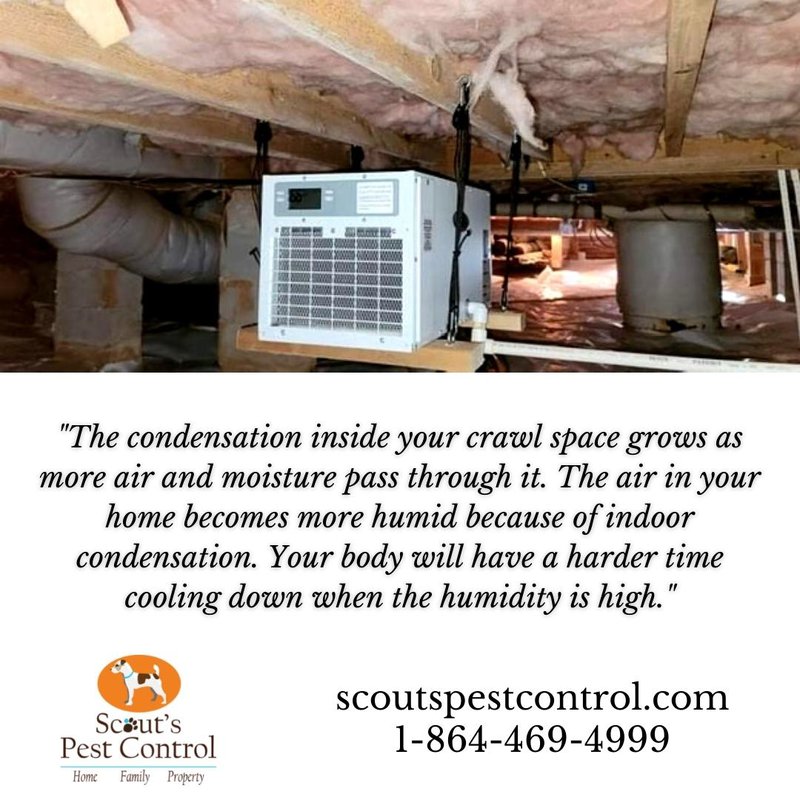
INCREASES INDOOR CONDENSATION
The condensation inside your crawl space grows as more air and moisture pass through it. The air in your home becomes more humid because of indoor condensation. Your body will have a harder time cooling down when the humidity is high. You will become more susceptible to fatigue and dehydration as a result. You might also experience heat exhaustion and muscle cramps. The worst that might happen is that you could pass out or even get a heat stroke.
ENCAPSULATE YOUR CRAWL SPACE
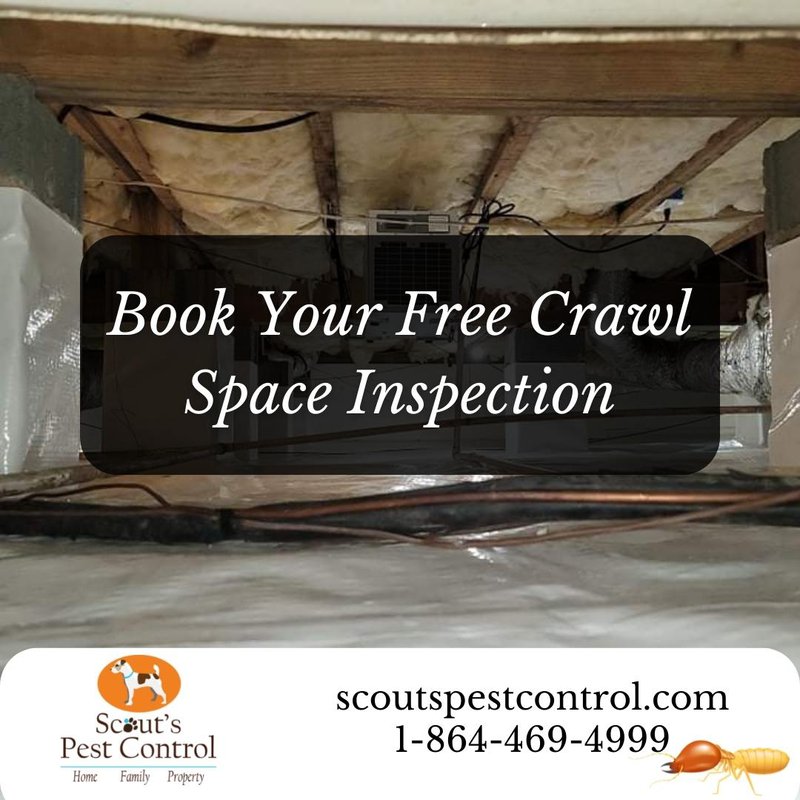
It is important to understand the dangers and the cost of not encapsulating your crawl space can become more exacerbated over time and will compound a myriad of problems. Other issues can arise as a result of not encapsulating your crawl space. Contact Scouts Pest control to prevent these and other health issues that could harm you and your family! Scouts Pest Control will assist you in encapsulating your crawl space to avoid any problems caused by crawl space. Book A Free Inspection Now!

